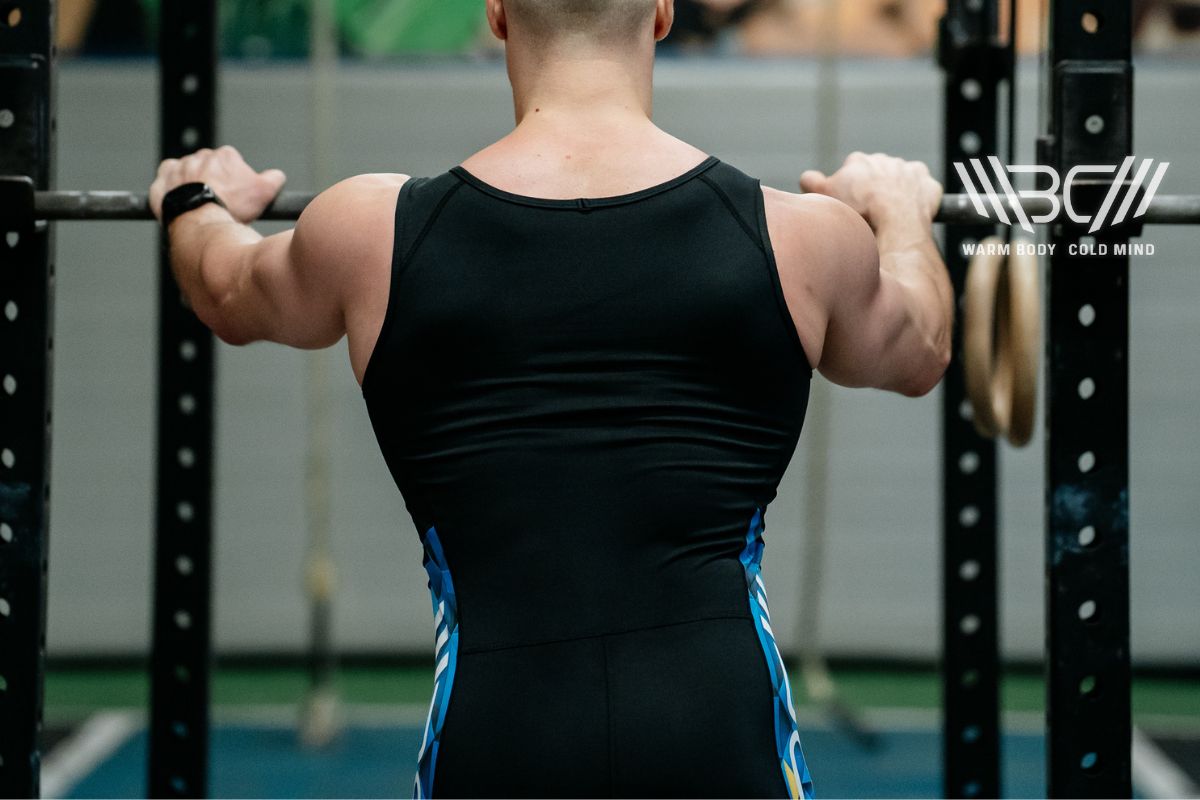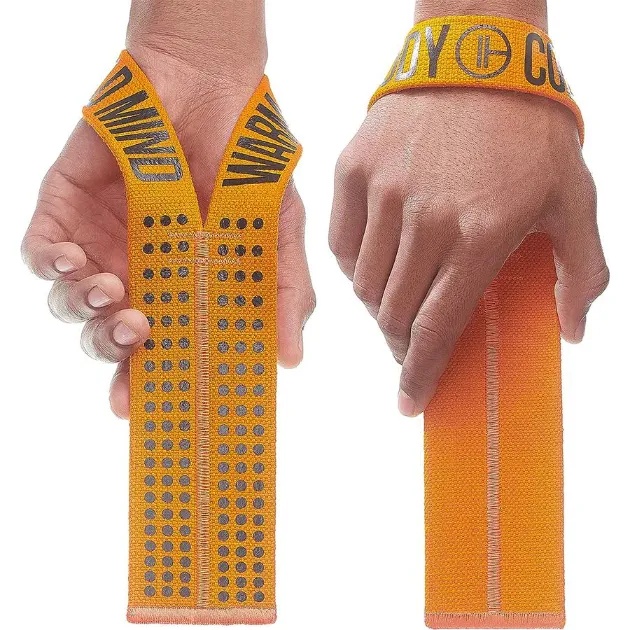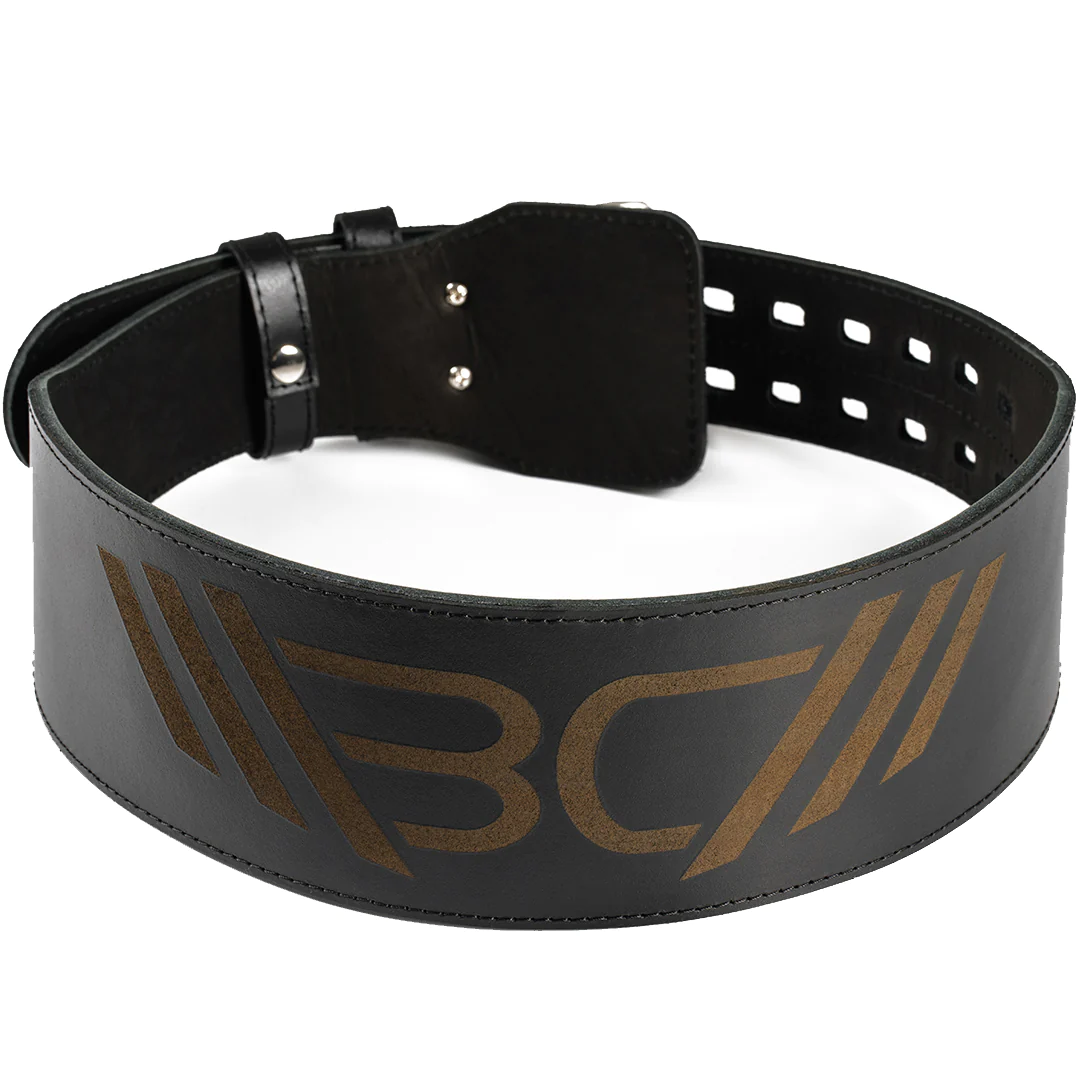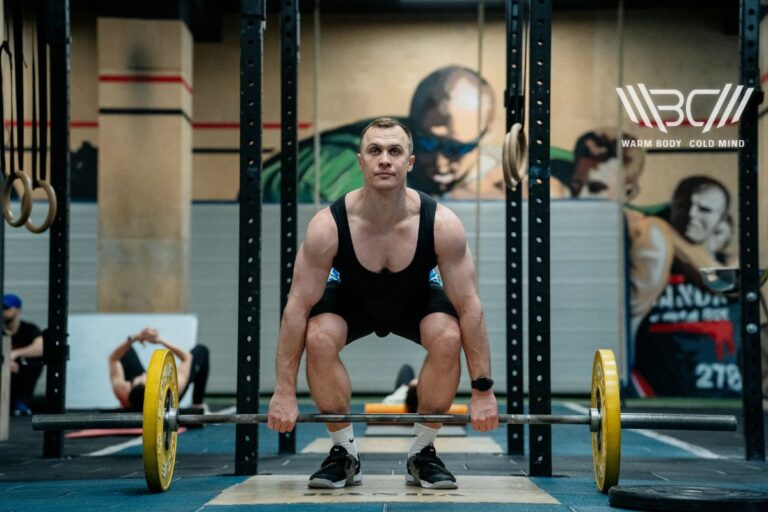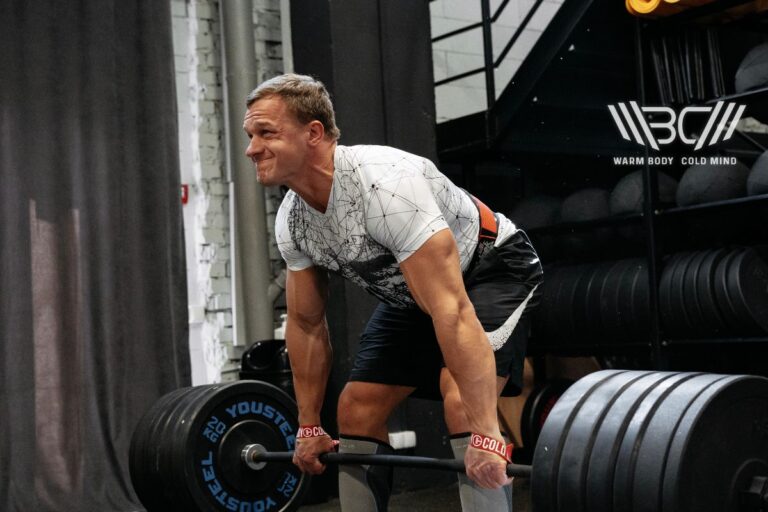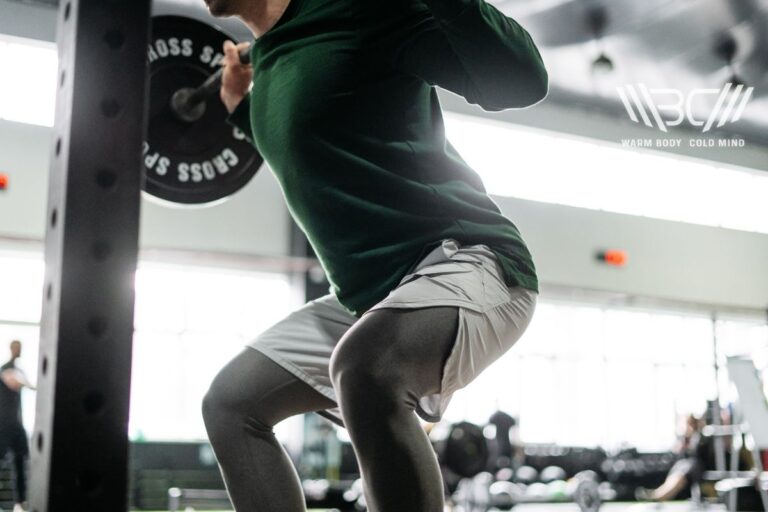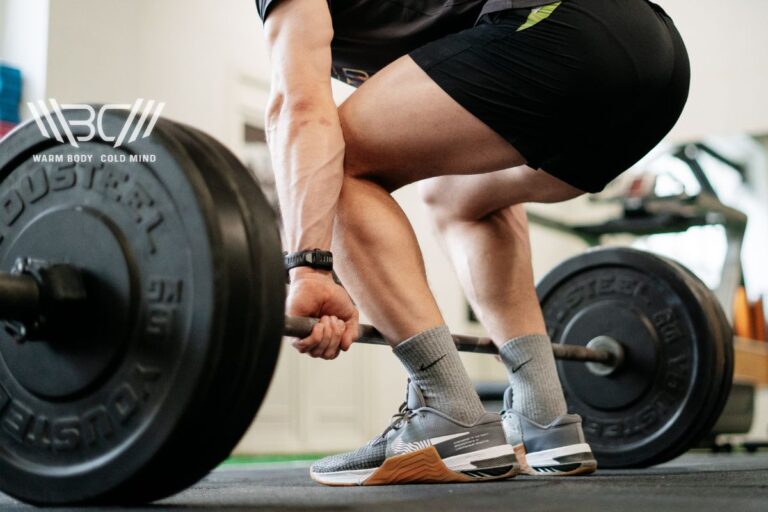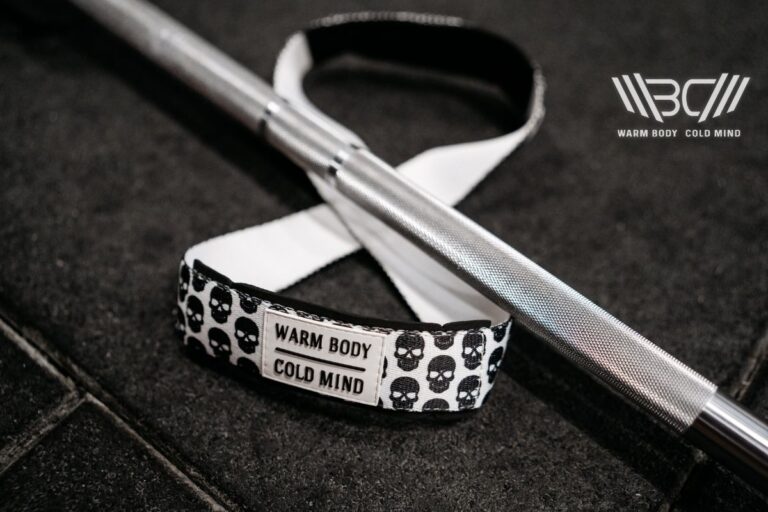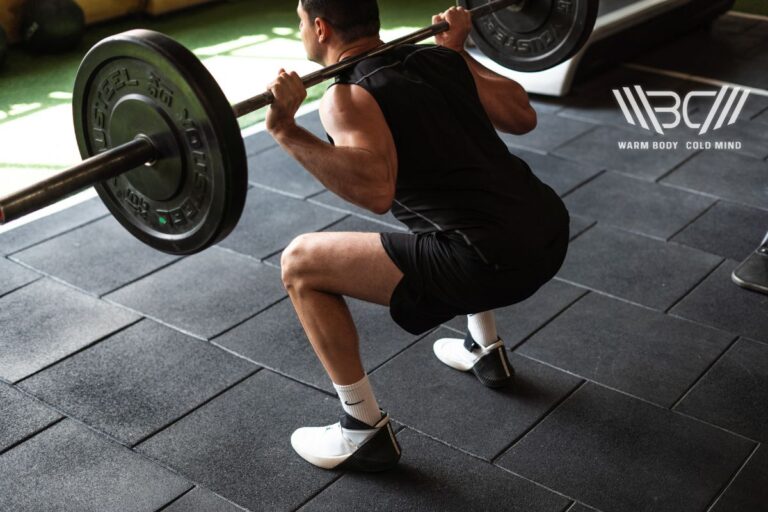Top 5 Lower Back Barbell Exercises for Strength and Stability
Reviewed by Jacek Szymanowski
You might mistake this for a subject only weightlifters and fitness junkies should be interested in, but having a strong lower back is important for everyone and there are a ton of very effective exercises to help you get there. Now, if you really want to crank it up and do some serious work, think about including a barbell in your routine.
Today we’re looking into lower back exercises with barbell that will target and strengthen your lower back. And if you’re a beginner – no biggie, we’ll give you detailed instructions on how to do each exercise, plus some pro-tips on how to make them even more effective.
Grab your belt and let’s go!
What are lower back barbell exercises? – These are strength-training movements that target the muscles in your lower back using a barbell as resistance. They help make your muscles stronger, improve stability, and improve posture and spinal health.
Lower Back and Lifting – Overview
The lower back is an extremely important part of your body (not that there are any that are not important, but you get it). It supports you when you lift heavy objects so if you want to strengthen it, you have to understand how to lift properly to avoid hurting it.
When you lift something, the muscles in your lower back work hard to keep you stable and balanced. But if you don’t lift correctly, the stress that’s supposed to develop and strengthen them will end up straining them, which means injuries and pain.
That’s why you need to use proper lifting techniques, like proper hip hinge, bending at the hips instead of the waist and, if you’re doing deadlifts, keeping the barbell close to your body. As you lift properly and your muscles get stronger, you’ll be at less risk of injury because strong muscles are able to reduce that risk.
Of course, you absolutely must pay attention to your body’s signals and not lift more than you can handle, as tempting as that may be. If it feels too heavy or too uncomfortable, it’s okay to ask for help, use equipment like lifting straps, or just downright lower the amount of weight you’re lifting.
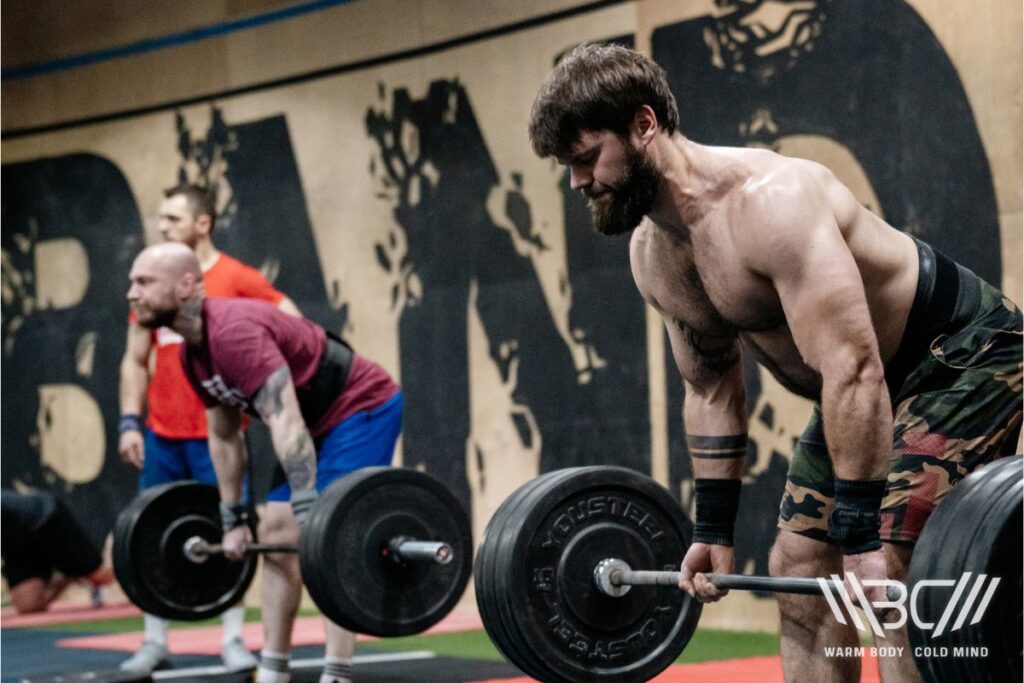
Lower Back Exercises with Barbell – Why Do You Need Them?
It’s simple – you need your lower back to be strong, and you’ll have a hard time finding a better way to get there than using a barbell. Exercises that include a barbell engage multiple muscle groups at the same time.
Take the bent-over row, for instance. It targets your lower back, sure, but it also engages your lats, glutes, hamstrings, and core. This is a comprehensive way to work out and it will develop functional strength that will translate into better performance in sports, and it will make everyday tasks easier.
The thing is that for example in the case of barbell row, your row will be only as good as your lower back ability to support that lift.
If your pulling strength will be significantly higher than your lower back abilities, then you won’t be able to row as much as you should to develop further strength – simply, your lower back will be a limiting factor. Same case with squats, deadlifts and more…
And let’s not forget about versatility and scalability. It doesn’t matter if you’re a beginner or a pro, the barbell has something to offer to everyone because you can adjust the weight and intensity according to what you can handle.

5 Lower Back Barbell Exercises
We’ve kept you in suspense long enough, so let’s get into what you’re here for – barbell exercises for lower back!
1. Romanian Deadlifts
- Muscles worked: Lower back, hamstrings, glutes
- Variations: Single-leg Romanian deadlifts, dumbbell Romanian deadlifts
- Alternatives: Stiff-legged deadlifts, good mornings
- Equipment: Barbell
You could say Romanian deadlifts are the cornerstone for targeting the posterior chain because they’re just that effective. They develop your hamstrings and glutes while also engaging your lower back.
Unlike stiff-legged deadlifts which focus on hip hinge mechanics only, Romanian deadlifts incorporate these mechanics in a way that results in less stress being placed on your lower back.
To do a Romanian deadlift, stand with your feet hip-width apart and hold a barbell with an overhand grip in front of your thighs. Keep your back and chest straight, hinge at the hips and push your hips back as you lower the barbell to the ground.

Keep lowering the barbell until you feel a stretch in your hamstrings, then drive through the whole feet to return back up.
Do 3-4 sets of 8-12 reps and use a weight that’s challenging, but still manageable so you can maintain good form. If you struggle with the weight, a pair of lifting straps will help make it easier to hold the barbell securely and they’ll distribute the load evenly. Make sure to keep the barbell close to your body at all times.

Olympic Weightlifting Straps V1
Enhance your weightlifting experience with premium Warm Body Cold Mind Olympic lifting straps.
2. Barbell Row (Bent Over Row)
- Muscles worked: Upper back, lower back, biceps
- Variations: Pendlay row, T-bar row
- Alternatives: One-arm dumbbell row, cable row
- Equipment: Barbell
Also known as bent over rows, barbell rows primarily target your upper back (lats, rhomboids, traps) but they also engage your biceps and forearms. They build the size and strength of your upper back, improve posture, and improve pulling strength for other lifts.
This exercise has a secondary benefit, too, which is engaging the lower back isometrically for stabilization. This low back isometric hold helps strengthen the muscles that are responsible for keeping a neutral spine throughout the movement, which promotes spinal stability and reduces the risk of injury.
If you were to compare barbell rows to other lower back barbell exercises, for example one-arm dumbbell rows, it would be obvious that barbell rows allow for greater loading and symmetric muscle development, but one-arm dumbbell rows are still a great alternative.
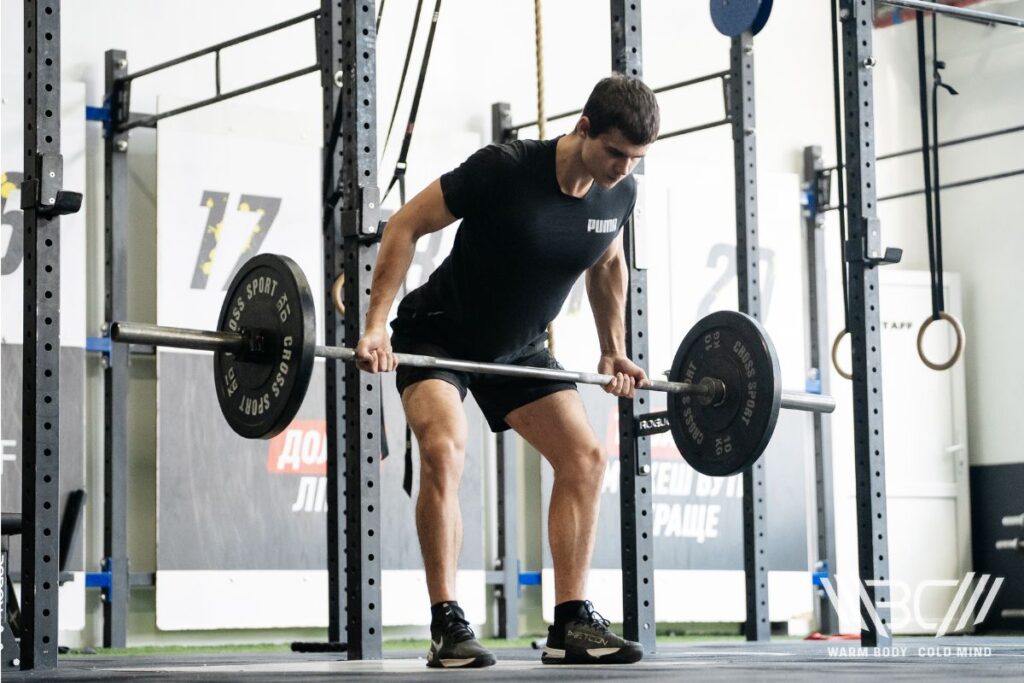
To do this exercise, stand with your feet shoulder-width apart and hold a barbell with your palms facing down. keep your back flat, Hinge at the hips, until your torso is parallel to the ground.
Pull the barbell towards your belly and squeeze your shoulder blades together at the top of the movement. Then, lower the barbell down. Do 3-4 sets of 8-12 reps and engage your core to avoid using momentum to lift the weight.
3. Good Mornings
- Muscles worked: Lower back, hamstrings, glutes
- Variations: Dumbbell good mornings, banded good mornings
- Alternatives: Romanian deadlifts, stiff-legged deadlifts
- Equipment: Barbell
Good mornings do a fantastic job at targeting your lower back, hamstrings, and glutes, and they promote strength and stability in the posterior chain.
Besides having a strong lower back, another thing good mornings will benefit is your hip hinge mechanics, they’ll strengthen the muscles along your spine, and overall, they can improve your lifting performance in general.
Compared to Romanian deadlifts, good mornings focus more on your lower back, and you might get away with using lighter weights. Romanian deadlifts are still a good alternative, but good mornings are just better if you want to target the lower back specifically and, of course, if you like working with a bit less weight.

Place a barbell across your upper back and rest it on your traps. Your feet should be shoulder-width apart and your knees need to be bent a little. Hinge at the hips, keeping your back flat and core engaged to maintain a neutral spine.
Lower your upper body until you feel a stretch in your hamstrings (but don’t round your back), then powerfully extend your hips to return to the starting position. Do 3-4 sets of 8-12 reps and focus on maintaining a neutral spine to avoid putting too much stress on your lower back.
4. Single Leg Deadlifts
- Muscles worked: Lower back, hamstrings, glutes
- Variations: Dumbbell single-leg deadlifts, kettlebell single-leg deadlifts
- Alternatives: Romanian deadlifts, reverse lunges
- Equipment: Barbell
If there’s just one thing single leg deadlifts would be famous for, it’s improving balance. Along with balance, they improve stability and unilateral strength while also targeting your hamstrings, lower back, and especially glutes. Since they isolate each leg, they promote balance and coordination, which is important for functional movements.
Romanian deadlifts are a good alternative, but single leg deadlifts need more stability and proprioception, so if you’re a beginner, make sure to do this with an empty bar to familiarize yourself with the movement.
Hold a barbell in both hands and stand on one leg. Keep your back straight and hinge at the hip to lower the barbell towards the ground while extending your other leg behind you for balance.
Keep going down until you feel a stretch in your hamstrings, then return back up. Do 3-4 sets of 8-12 reps and make sure to keep your hips square and avoid rotation during the movement.
5. Wide Stance Squat
- Muscles worked: Quads, glutes, adductors
- Variations: Sumo squat, goblet squat
- Alternatives: Traditional squats, Bulgarian split squats
- Equipment: Barbell
Wide stance squat can be great for people with long legs, so if that’s you, go for it . They target your quads, glutes, and adductors, and the wide stance is really effective at strengthening the muscles of your posterior chain.
If you’re lifting heavy and your form is good, using a weightlifting belt can be beneficial because it will reduce the risk of injury, and if you don’t lift heavy, it can serve as a tactile cue for learning how to brace your core properly.

Enhance your strength training with Warm Body Cold Mind leather weightlifting belt providing exceptional support and durability.
Apart from strengthening your quads, glutes, and adductors, this lower back workout with barbell may improve the mobility of your hips and improve your squatting performance. Traditional squats are a good alternative to these, but they don’t focus on the adductors as much and they need more knee flexion.
To do a wide stance squat, place your feet wider than shoulder-width apart and point your toes out a little. Hold a barbell across your upper back and rest it on your traps.
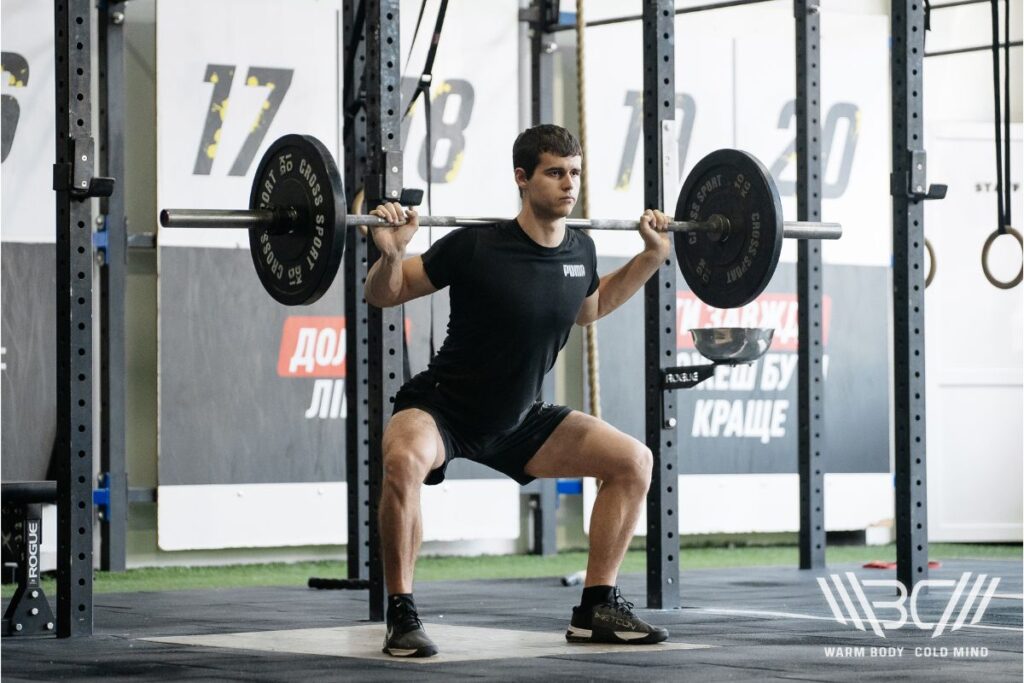
Make sure your chest is up and your back is straight and then squat down by pushing your hips back and bending the knees. Keep lowering until your thighs are parallel to the ground (try to focus on maintaining vertical shins) and then go back up. 3-4 sets of 8-12 reps will do the trick.
Focus on driving your knees out to engage the adductors and maintain stability during this exercise.
Subscribe!
Get useful tips, expert insights, and in-depth analysis of training programs & nutrition plans to get the most out of your performance.
Importance of Proper Technique
If your technique is off, you’re in a pickle. Good form and technique make the exercise you’re doing effective and prevent injuries, so if you mess up the technical part of your exercise, you might end up injured.
1. Preventing Injuries
Good form and technique are important when it comes to preventing injuries. Incorrect technique can strain your muscles, ligaments, and joints, which can lead to more serious injuries.
2. Maintain a Neutral Spine
Keep your spine neutral throughout your exercise because this will help distribute the load evenly across all muscles and joints that are involved.

3. Bend at the Hips, Not the Waist
You should keep your back straight and bend at the hips instead of the waist to protect your lower back from strain.
4. Avoid Jerky Movements
Another important thing is to avoid jerky movements during exercises like barbell rows and good mornings because they will strain your muscles and ligaments. It’s all about control, so make every move intentionally.
5. Quality Over Quantity
This is about quality, not quantity. It’s better to do one movement properly than a bunch of sets that are all over the place.
Don’t be afraid to reduce the amount of weight you’re lifting if that’s what it takes for you to do the exercise with proper form and to avoid getting injured. When you get the form down, you have a foundation for future progress.
Conclusion
Although the subject was lower back exercises and all of these exercises do target your lower back, you’ve probably noticed that’s not all they do, and that’s why they’re so great.
A lot of your muscles will get engaged during a single exercise, so if you’re on the fence about using a barbell in your fitness routine, now you probably can’t wait to start.
How do you keep your lower back strong? Have you tried any of the exercises we’ve mentioned? If you have, which is your favorite and why?
Let’s talk some more about our lower back because there has to be something you want to add to this!
References:
- Andrew David Vigotsky, Erin Nicole Harper, David Russell Ryan, and Bret Contreras, “Effects of load on good morning kinematics and EMG activity,” PeerJ 3 (2015): e708.
- Chad M. J. Fenwick, Stephen H. M. Brown, and Stuart M. McGill, “Comparison of different rowing exercises: trunk muscle activation and lumbar spine motion, load, and stiffness,” Journal of Strength and Conditioning Research 23, no. 2 (2009): 350-8.
- Health Promotion Board (HPB) “Prevent Injuries with Proper Form During Workouts,” Singapore University Health Center, https://www.nus.edu.sg/uhc/articles/details/prevent-injuries-with-proper-form-during-workouts (accessed May 13th, 2024)
- Jonathan Sinclair, Paul John Taylor, Bryan Jones, Bobbie Butters, Ian Bentley, and Christopher James Edmundson, “A Multi-Experiment Investigation of the Effects Stance Width on the Biomechanics of the Barbell Squat,” Sports (Basel) 10, no. 9 (2022): 136.
- Lasse Mausehund, Audun E. Skard, and Tron Krosshaug, “Muscle Activation in Unilateral Barbell Exercises: Implications for Strength Training and Rehabilitation,” Journal of Strength and Conditioning Research 33, suppl. 1 (2019): S85-S94.
- All photos are made by WBCM Media team.
Author: Sergii Putsov
PhD in Sport Science, Olympic weightlifting, Strength & Conditioning coach and fitness expert
Sergii Putsov is a professional weightlifter with over 20 years of experience and multiple national medals. He was a member of the National weightlifting team, competing in the 94 kg weight class. Sergii holds a master’s degree in Olympic & Professional Sport Training and a Ph.D. in Sport Science. After his athletic career, Sergii transitioned into coaching and is now responsible for designing training programs, writing blog articles, providing live commentary for international weightlifting competitions, and hosting sport and fitness seminars worldwide.
Reviewed by: Jacek Szymanowski
Performance architect, S&C movement specialist.
Jacek Szymanowski is a highly respected sports nutrition expert with a Master’s degree in Biotechnology. His innovative approach combines lifting and fighting strategies to help athletes optimize their performance. As a Strength and Conditioning Movement Specialist, he is dedicated to reducing injuries in athletes. His specialist training in Nutrition for Athletes equips him to provide expert advice on dietary habits and nutrition for peak performance.

